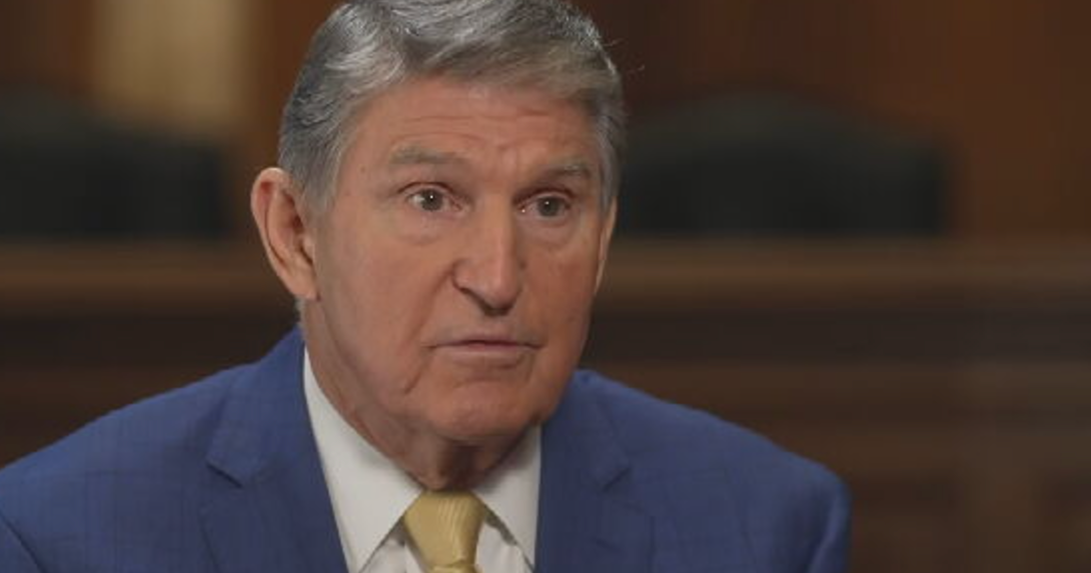National Governors Association releases detailed roadmap to recovery
The National Governors Association has released a detailed report describing how states can begin to recover from the detrimental impact of COVID-19, a week after the White House released a far less detailed plan for states. One takeaway from the report is that states still lack the resources they need to reopen.
While the 38-page, 10-point roadmap relies on some of the White House and federal guidelines, the NGA's roadmap goes into much greater practical detail, focusing on the public health aspect of the pandemic more than specific business reopenings. The report observes that testing capacity in the U.S. remains "inadequate" to move forward, despite repeated assurances from the White House that the U.S. has enough testing for states that meet other criteria to begin to reopen.
The NGA is led by Maryland Governor Larry Hogan, a vocal Republican in a blue state. President Trump derided Hogan in a White House press briefing earlier this week, after Hogan and his wife secured 500,000 tests from South Korea, when Hogan deemed the number the state could acquire through the federal government and U.S. companies insufficient. Mr. Trump has often said the federal government will help states while emphasizing he believes it's the governors' responsibility to secure testing and other necessary equipment on their own.
The report comes as some states, like Georgia, plan to reopen businesses soon. President Trump publicly expressed his disagreement with Georgia Governor Brian Kemp over his decision to reopen businesses like hair salons, tattoo parlors and bowling allies on Friday.
"With the paramount aim of keeping individuals and communities safe, governors are committed to reopening states in a manner that preserves public safety and confidence," the NGA report says. "Opening prematurely — or opening without the tools in place to rapidly identify and stop the spread of the virus — could send states back into crisis mode, push health systems past capacity, and force states back into strict social distancing measures. This scenario would repeat the negative economic consequences of pandemic response and reduce public confidence, further deepening a recession and protracting economic recovery."
To expand testing capacity, governors should consider "continuing to request that the federal government rapidly build testing capacity and coordinate distribution to states," among other things.
Just how many tests will be needed is still up for debate, the NGA notes. Estimates range from 750,000 to tens of millions per week.
The report also notes a "shortage" of critical supplies, "insufficient" personal protective equipment for health care workers, and a "maldistribution" of supplies "owing to an uncoordinated supply chain."
It details how states can use antibody testing and contact tracing to determine who could be immune to the virus, and where positive cases might have spread it. The report points out that many more contact tracers will be needed — Johns Hopkins estimates there should be between 4 and 81 tracers per 100,000 people, depending on how widespread the virus is in a given community.
Additional funding, the report highlights, will be needed for "wrap-around support services for individuals who may require assistance to comply with isolation and quarantine, such as health, housing and nutrition services."
States are already voicing concerns about budget shortfalls, saying they need more funding from the federal government.
The report also instructs states on how to assess hospital capacity, and to prepare for any infection surges. States should determine how best to protect vulnerable populations, including minorities, homeless populations and inmate populations, the report says. An advisory on racial disparities of COVID-19 should also be established, it says. Strategies for reducing crowded facilities includes early release for inmates who are medically compromised or are incarcerated for low-level, non-violent offenses, according to the NGA.
The NGA also acknowledged a question the Coronavirus Task Force has been unable to answer so far — what can be done to prevent people in one "hot spot" state from traveling to a low-risk state.
"Governors and state health officials will need to develop a plan for addressing interstate travel and tourism, including travel to and from one state to another state that may have high incidence of COVID-19."
But the report also details how states should approach reopening the economy as well. States should consider or require public and private employers to report the number of COVID-19 cases, or workers in isolation or quarantine. Businesses should utilize engineering controls, like hands-free technology and barriers between workers, the report says.
"The challenges posed by COVID-19 will continue to evolve, and will require governors to continually assess and adjust plans as they develop data-informed responses that suit their own unique circumstances, challenges and the needs of their communities," the report concludes.



